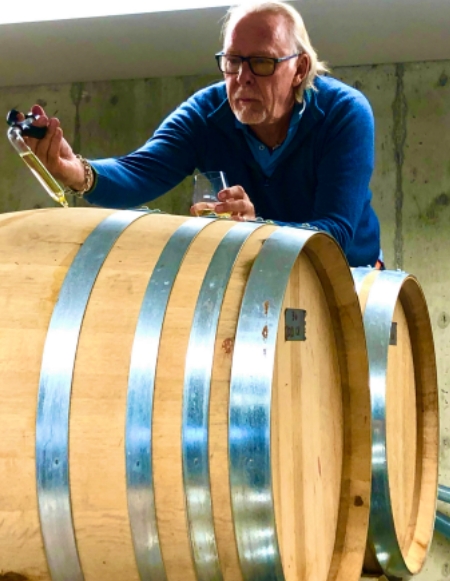Spontaneous Fermentation with Ambient Yeast...
Tuesday, November 1, 2022

When you stick your nose deep into a freshly poured glass of wine, do you ever wonder if the aromas have already been determined?
Often when we think about terroir, we are focusing on the climate, soil types, aspect of the vineyard, elevation, etc… but one of the most important factors dictating a resulting wine is the human factor. Choices will have been made by the vigneron regarding whether a variety of herbicides, pesticides, fungicides have been applied to the grapes and vines, and how much... heavy use of these ‘cides’ can determine the health and existence of wild yeasts living in and around the vineyard, and directly on the grapes.
Upon picking, the vigneron then chooses whether to heavily sulphur the grapes to terminate any living yeasts that might interfere with the cultivated yeast they choose to inoculate their must with… one that will determine the development of particular nuances on the nose… particular fruit notes, or mouth feel… or rather to lightly sulphur, and encourage the health and growth of these wild yeasts that often begin the fermentation process, some die off, then others that for instance, can withstand higher alc. content may take over, and so on… each imparting their own particular nuances in the nose and the body of the finished wine, contributing to it’s complexity. This cycle continues, and it’s likely that as wild yeasts grow and die, the existing ambient yeast in the winery will likely take over and complete the fermentation. It can be a risky technique, as we all know, those precious musts can be costly to create, but with a super clean winery and equipment, close monitoring, and some temperature control, one can create a truly terroir driven wine. One that is representative of all of the factors mentioned earlier, plus the biological life in the vineyard and air. Risky business for sure, but when done well, can result in some outstanding wines.
 By Wendy Vallaster
By Wendy Vallaster
